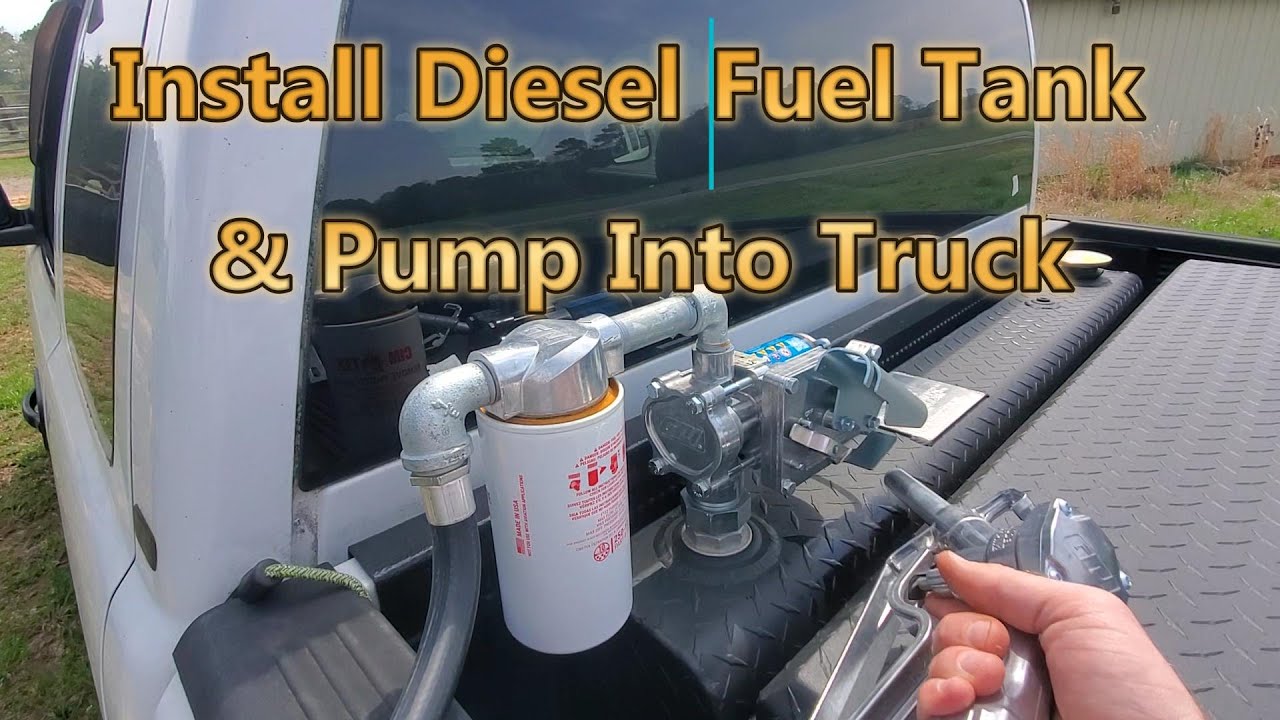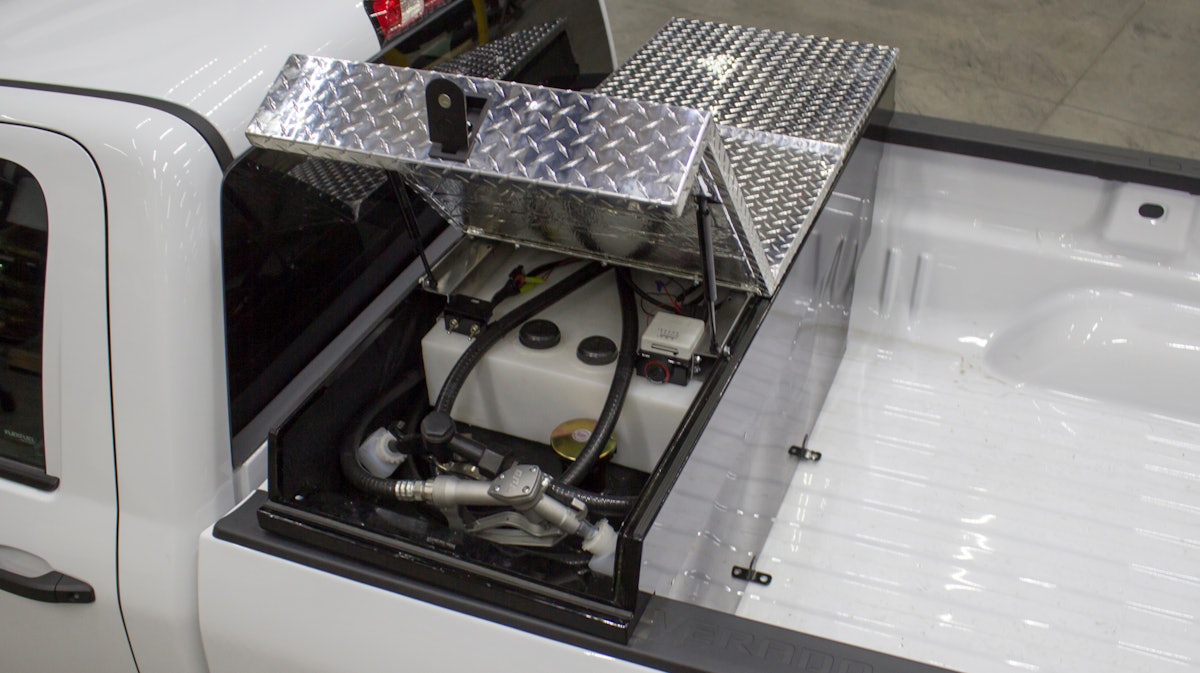Diesel Fuel Tank with Pump for Truck Bed: Ultimate Guide
Diesel Fuel Tank with Pump for Truck Bed: Ultimate Guide
If you’re a truck owner who relies on your rig for long hauls, worksites far from fuel stations, or heavy towing, you’ve likely considered installing a diesel fuel tank with a pump in your truck bed. This isn’t just an accessory; it’s a game-changer for productivity and peace of mind. This ultimate guide cuts through the marketing fluff and gives you the real-world, practical information you need to choose, install, and use a diesel fuel tank system safely and effectively. We’ll dive into the key features, compare top types, and help you understand exactly what to look for to fuel your adventures and your business.
Why You Need an Auxiliary Diesel Fuel Tank
Running out of fuel isn’t just an inconvenience; it’s a costly problem that can strand you in the middle of nowhere. An auxiliary diesel fuel tank solves this by dramatically extending your truck’s range. This is crucial for:

- Long-Distance Towing: Heavy loads guzzle fuel. An extra 50-100 gallons means fewer stops and more consistent progress.
- Remote Job Sites: Construction, farming, or oil field work often takes you miles from the nearest pump.
- Overlanding and RVing: Explore off-grid with confidence, knowing you have a secure and dedicated fuel supply.
- Cost Savings: Buy fuel in bulk when prices are low, rather than being forced to pay premium prices at remote stations.
Key Features to Consider Before You Buy
Not all diesel fuel tanks are created equal. Your safety and satisfaction depend on choosing a model built to last. Here’s what demands your attention:
- Material and Construction: Look for tanks made from cross-linked polyethylene or certified aluminum. These materials resist corrosion from diesel and the elements. The material must be UV-stabilized to prevent degradation from sun exposure.
- Capacity and Dimensions: Balance your need for extra fuel with your need for truck bed space. Common capacities range from 50 to 120 gallons. Always measure your truck bed twice before ordering.
- Pump System Type: This is the heart of the system.
- 12-Volt DC Electric Transfer Pumps: These are the most common and user-friendly. They plug into your truck’s auxiliary power outlet or a dedicated circuit and can transfer fuel quickly. Look for pumps with a minimum flow rate of 15-20 Gallons Per Minute (GPM).
- Manual Hand Pumps: A budget-friendly and reliable option that requires no power. They are slower but invaluable as a mechanical backup.
- Safety Certifications: This is non-negotiable. The tank should be DOT-approved and compliant with EPA regulations for portable fuel containers. This ensures it has been tested for durability and safe fuel vapor containment. A study by the National Institute for Occupational Safety and Health (NIOSH) emphasizes the importance of using only equipment specifically designed and certified for fuel handling to prevent accidents and exposure.
Comparing the Top Diesel Tank and Pump Systems
| Feature | Transfer Flow 50-Gallon Aluminum | RDS 70-Gallon Poly | Titan 105-Gallon In-Bed |
|---|---|---|---|
| Material | Aluminum | Cross-Linked Polyethylene | Aluminum |
| Capacity (Gal) | 50 | 70 | 105 |
| Pump Type | 12V DC Electric (20 GPM) | 12V DC Electric (15 GPM) | 12V DC Electric (22 GPM) |
| Best For | Balancing capacity & bed space | Corrosion resistance & value | Maximum range for heavy-duty use |
| Key Consideration | Requires grounding strap | Excellent chemical resistance | Significant bed space commitment |
Installation: Professional vs. DIY
Installing a diesel fuel tank with a pump is a serious undertaking. While a capable DIYer can handle it, the stakes are high. Mike O’Reilly, a master technician with over 20 years of experience, advises, “The biggest mistakes I see are improper grounding of the electrical system and inadequate tank securing. A loose tank is a projectile in an accident, and a spark near fuel vapors is a disaster.” For most owners, professional installation is worth the investment to ensure all electrical connections, grounding, and mounting hardware are up to code. If you do it yourself, follow the manufacturer’s instructions to the letter and double-check every connection.
Maintenance and Safe Operation
To ensure a long service life and safe operation, a little maintenance goes a long way.
- Regular Inspections: Check for any signs of leaks, cracks, or abrasion on the tank and fuel lines annually.
- Keep it Clean: Wipe down the tank and pump to prevent dirt from entering the fuel system during transfer.
- Use a Filter: Always use a fuel filter/water separator between the auxiliary tank and your main tank. The U.S. Department of Energy recommends regular filtration to protect engine components from contaminants and water, which can cause significant damage.
- Safe Refueling: Always ground the tank and your truck during refueling to dissipate static electricity. Never smoke or have any open flames nearby.
Frequently Asked Questions
Q: Is it legal to carry a large diesel tank in my truck bed?
A: Generally, yes, for personal use. However, regulations vary by state regarding capacity and how the fuel is used. Tanks over a certain capacity (often 119 gallons) or those used for commercial purposes may fall under different DOT regulations. Always check your local and state laws.
Q: Can I use the same pump for diesel and gasoline?
A: Absolutely not. Pumps and seals are designed for specific fuels. Using a diesel pump for gasoline or vice versa can damage the pump and create a severe fire hazard due to the different chemical properties and flash points of the fuels.

Q: How long does it take to transfer 50 gallons of fuel?
A: With a standard 15-20 GPM 12V pump, transferring 50 gallons should take roughly 2.5 to 3.5 minutes. Always monitor the transfer process and never leave it unattended.
Sources & Further Reading:
- National Institute for Occupational Safety and Health (NIOSH) – Preventing Worker Injuries and Deaths from Fires and Explosions
- U.S. Department of Energy – Alternative Fuels Data Center: Maintaining Diesel Vehicles
- Transfer Flow, Inc. – DOT & EPA Fuel Tank Regulations







